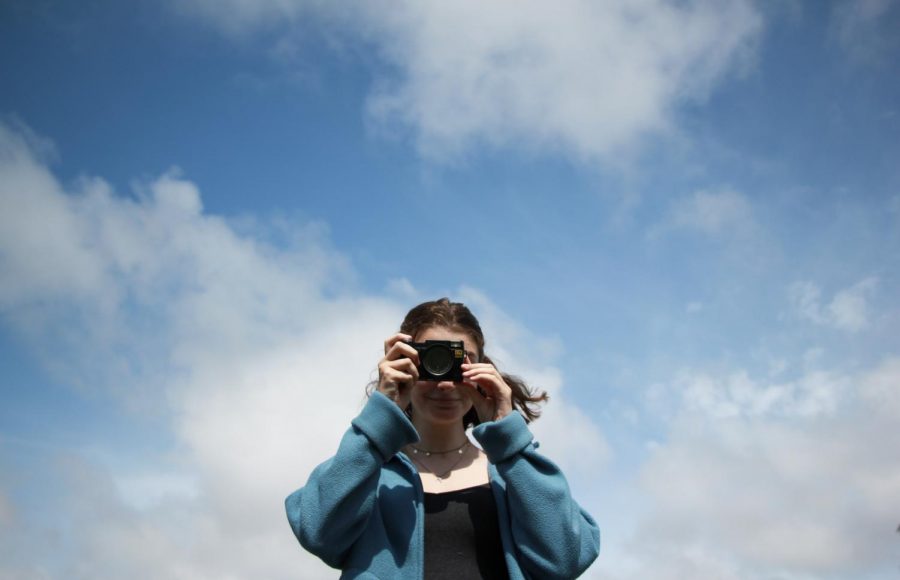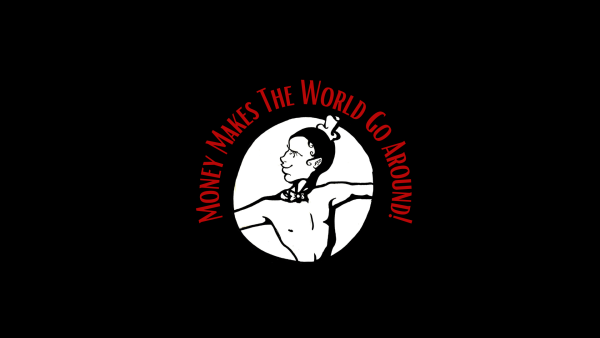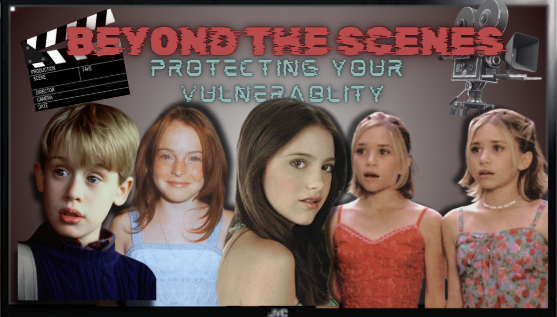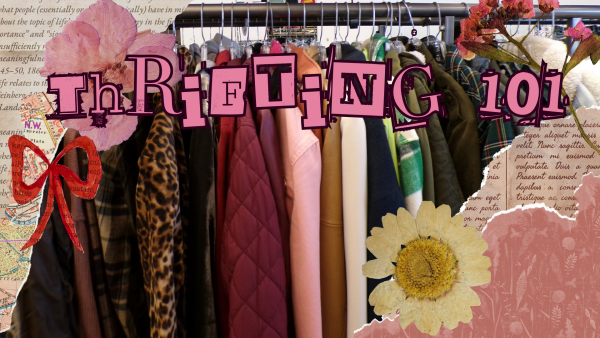Death of the Artist
This past August, fans gathered online to watch the live streams of the Venice Film Festival where some of the most notable films of the year were recognized. Although many prestigious awards were given to powerful films such as No. 7 Cherry Lane, You Will Die at 20, and Atlantis, much controversy was sparked when Roman Polanski, a convicted child predator and international fugitive of the United States, won the runner up Grand Jury Prize for his new film, The Officer and a Spy. This controversial win for Polanski has again proven to bring a long-discussed topic to light: do humans have the ability to separate an artist from their art?
This topic is not anything new. This is shown in the the #MeToo Movement where large figures in the film industry are being exposed left and right of sexual misconduct or saying homophobic, xenophobic, or sexist comments. However, even though this discussion seems to be a hot topic within art communities, the principle of separating art from the artist was first majorly introduced as an applicable concept by Roland Barthes, a French philosopher and critic. In 1967, Barthes published the controversial essay, “The Death of the Author,” which focuses primarily on whether or not we should consider an author connected to their works of literature. Barthes argues that society should approach literature as a completely separate entity from the writer, in fact, readers should embody the philosophy of completely not acknowledging the writer exists, hence the “death of the author.” Essentially, to gain the full experience and to create an insightful interpretation of the piece, one must drop all thought of the author’s intentions.
Today, Barthes’s philosophy can be applied to a more modern set of art, not only film, but photography, music, an actor’s portrayal of a character, or visual forms such as paintings or sculptures. As we have a broader spectrum of what we consider art in modern times, the phrase “separation of art and artist” has a completely different connotation than that which Roland Barthes originally philosophized. In the light of the #MeToo movement, it’s become extremely difficult for art fans to not only separate the art from the artist, but to decide which situations warrant separation and how to do it in a socially acceptable manner. Moreover, many people find it difficult to make the decision of whether or not they are willing to enjoy an art form if the artist themself has committed crimes or said hateful things.
“Some people have the ability to separate art from artists, and some can’t,” says Scott McLaughlin, who teaches the Art of Film class at Huntington Beach High School. “It’s definitely situational, and everyone has some form of an opinion on this [topic].” According to McLaughin, “the buzzword now is ‘cancel culture’ where more recently…we find out [artists] did… horrible things, and the public reacts like ‘Oh, let’s cancel him, let’s cut them out.’”
“Cancel culture” has become an exceedingly popular phrase, specifically on social media platforms, in which artists, social media influencers, or celebrities are virtually shunned. A “boycott” is created towards their content, whether it be Instagram photos, Youtube videos, film, photography, or any other art forms. Specifically with Generation Z–the first generation to grow up with access to social media their entire lives–, “cancel culture” is something that is prominently seen within their content and activity online. However, many have also argued that “cancel culture” creates a negative and unforgiving mentality within the minds of social media users, and has the capacity to change an artist’s career for the worse, sending it in a downward spiral.
Another large aspect of the “separation of art and artist” philosophy is the fact that many artists are exposed of saying or doing something controversial that took place a long time ago, but reap the consequences in present day. “If you look at people and things they did in different decades, whether it was racial or sexist humor…[time] adds another layer to the issue,” McLaughlin said. “I think it depends on their attitude about it now. Are they apologetic?… We all have things we aren’t proud of and it [isn’t] blasted all over social media because we’re not famous.”
As a society that functions around art and famous artists, there is also the possibility that we may be too harsh on the past mistakes of people in the media. Granted, crimes such as rape or pedophilia are horrible, but when old hateful comments from artists resurface, they are immediately “canceled.”
Can we judge something that an artist did in the past by today’s standards? As of late, Kevin Hart has been the center of controversy for homophobic comments he made when he was younger. Hart has released several formal apologies on social media and to the press explaining how he has changed and evolved, and many people have deemed his apologies genuine and his fanbase began to “forgive” him.
In cases such as Roman Polanski, an artist who has undoubtedly written and directed incredible films, has committed unspeakable crimes. At the same time, many people have difficulty deciding if their feelings towards him should bleed through to his works. During a poll conducted on multiple social media platforms, approximately 59 percent of Huntington Beach High School
(HBHS) students claimed that they didn’t believe artists should be separated from their art, while the rest held that artists and their work should be separate identities.
“I believe that art is an extension of the artist and no matter what they will always be connected,” says Renee Yang, junior at HBHS.
“For example, I think that our generation must not ignore Michael Jackson because he was a pedophile. We shouldn’t support him, but we can’t pretend he didn’t exist because that would be erasing a huge part of music history.”

On the contrary, another student at HBHS claims that “art does not represent the artists beliefs, morals, or opinions, but there are people who choose to use art to express those; it can be both bad and good.”
He argues that in terms of people such as R. Kelly or Harvey Wienstien, people who choose to integrate their personal lives into their art, should and can be associated with the artist, and if the artist is accused of misconduct, their work will suffer as well.
In many instances such as this one, it has been argued that by supporting art, one is directly supporting the artist financially through commissions which isn’t untrue when it comes to certain art forms. However, oftentimes when art is boycotted, people other than the artist suffer, specifically in the film or music industries. “People should rethink boycotting something, all those [production people] didn’t do anything wrong, and they’re suffering because of something someone else did,” Mr. McLaughlin reaffirms.
Ultimately, the philosophy of the separation of art and artist is subjective to personal beliefs and personalities. Whether the artist directed a film, released an album, created a painting, or photographed something, this philosophy can and will be applied depending on the artist. Although many different opinions exist on this topic, it has become clear in recent times that this discussion will be carried on in society for a long time, as more artists inevitably are exposed by allegations of sexual misconduct, hate speech, and other crimes. Even though it is highly unlikely that people like Roman Polanksi will ever be fully eradicated from society, we as individuals reserve the right to judge an artist and their art, and make the choice of whether or not to separate them.
Your donation will support the student journalists of Huntington Beach High School. Your contribution will allow us to cover our annual website hosting costs.
Thank you for supporting our program!







